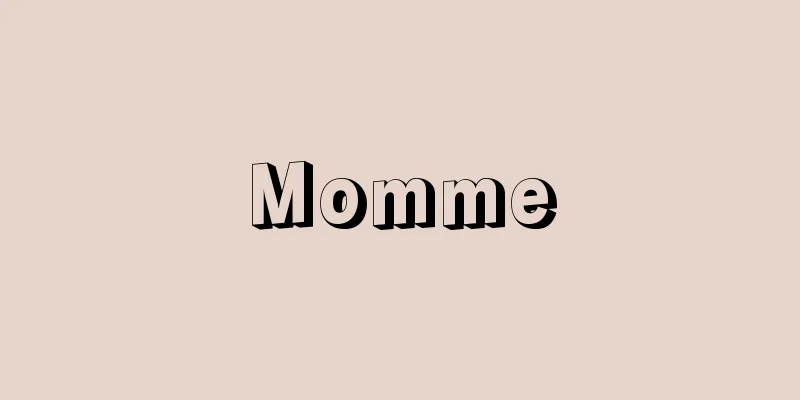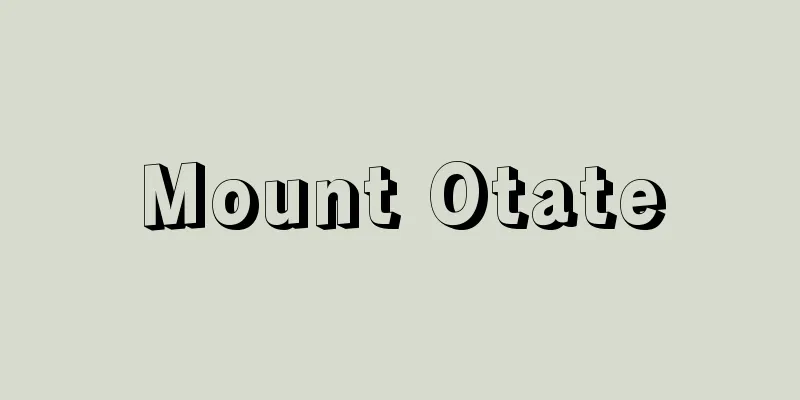Yamagiwa Katsusaburo - Yamagiwa Katsusaburo

|
Pathologist. Born in Ueda as the third son of Yamamoto Masatsune (?-1883), a samurai of the Ueda domain in Shinano Province (Nagano Prefecture), he was adopted in 1879 (Meiji 12) by Yamagiwa Yoshiya (?-1909), a practicing physician in Yotsuya, Tokyo. He graduated from the Faculty of Medicine of the Imperial University in 1888 and joined the Department of Pathology, becoming an assistant professor in 1891, and studied in Germany under Koch and Virchow. In 1895 he became a professor at the Faculty of Medicine of the Imperial University, where he was in charge of the second course of pathology. He was the first in Japan to incorporate the demonstration of pathological materials into medical education, displaying actual or stained specimens under a microscope and having students observe them while lecturing. He promoted research into tumors, particularly cancer, and published "On the Development of Gastric Cancer" in 1905 (Meiji 38). In 1907, he independently founded the journal "Cancer," which always included abridged translations of English, German, and French texts alongside the original Japanese text, contributing to the international development of Japanese medicine. In September 1915 (Taisho 4), together with his collaborator Ichikawa Koichi, he published the first report of "Experimental Studies on the Development of Epithelial Tumors," reporting that they had succeeded in creating the world's first artificial skin cancer by repeatedly rubbing coal tar on rabbit ears over a long period of time. The phrase "Cancer appears, and I take two or three steps with gusto" was improvised at the time. In 1919, together with Ichikawa, he was awarded the Imperial Academy Prize. [Honda Kazuji] [References] | | | |©Shogakukan Library "> Katsusaburo Yamagiwa Source: Shogakukan Encyclopedia Nipponica About Encyclopedia Nipponica Information | Legend |
|
病理学者。信濃(しなの)国(長野県)上田藩士山本政策(やまもとまさつね)(?―1883)の三男として上田に生まれ、1879年(明治12)東京四谷(よつや)の開業医山極吉哉(?―1909)の養子となる。1888年帝国大学医科大学を卒業して病理学教室に入り、1891年助教授となり、ドイツに留学、コッホ、ウィルヒョウに師事。1895年帝国大学医科大学教授になり病理学第二講座を担当。病的材料示説を日本で初めて医学教育に取り入れ、実物あるいは染色標本を顕微鏡下に陳列し講義と同時に学生に観察させた。腫瘍(しゅよう)とくに癌(がん)研究を推進し、1905年(明治38)『胃癌発生論』を刊行、ついで1907年独力で業報『癌』を創刊し、邦文原著と同時に英語・ドイツ語・フランス語文の抄訳をかならず掲載して日本医学の国際的発展に尽力した。1915年(大正4)9月、協力者市川厚一と連名で『上皮性腫瘍の発生に関する実験的研究』第一報を公表、ウサギの耳にコールタールを長期間反復塗擦することにより世界で初めて人工皮膚癌をつくることに成功したと報告。「癌出来つ意気昂然(こうぜん)と二歩三歩」という句は当時の即興である。1919年市川とともに帝国学士院賞を授与された。 [本田一二] [参照項目] | | | |©小学館ライブラリー"> 山極勝三郎 出典 小学館 日本大百科全書(ニッポニカ)日本大百科全書(ニッポニカ)について 情報 | 凡例 |
Recommend
Valentin Vladimirovich Ovechkin
1904‐68 Soviet author. Born in Taganrog in souther...
"The origins of the Issen office" - About the Issen office
... Hairdressers also had the nickname of "I...
Nguyen Phuoc Thi - Nguyen Phuoc Thi
…Reigned 1848-83. His name was Nguyen Phuoc Thi. ...
Separate post - Bechinousho
It was one of the household institutions for the r...
IBA (Bauxite)
... This kind of resource nationalism (a movement...
Penis Case
A cylindrical protective device worn over the male...
heathen
…And in fact, the plant called heath is suitable ...
Prairie Pointer
...It is native to North America and has about 30...
Ashu - Ashu
Another name for Awa Province (Tokushima Prefectur...
Azuchisan Screen
…The above three examples can be called "ear...
Acetabularia calyculus (English spelling)
…[Mitsuo Chihara]. . . *Some of the terminology t...
hinge
...It is often a target for mineral exploration. ...
Sovet Narodnykh Komissarov SSSR
...However, the actual operation of the system wa...
Qin Stone Carvings
After unifying China, the First Emperor of Qin tra...
Wolfram
The German name for the element tungsten. Wolfram...
![Kaminoseki [town] - Kaminoseki](/upload/images/67cb3f62dfc95.webp)








